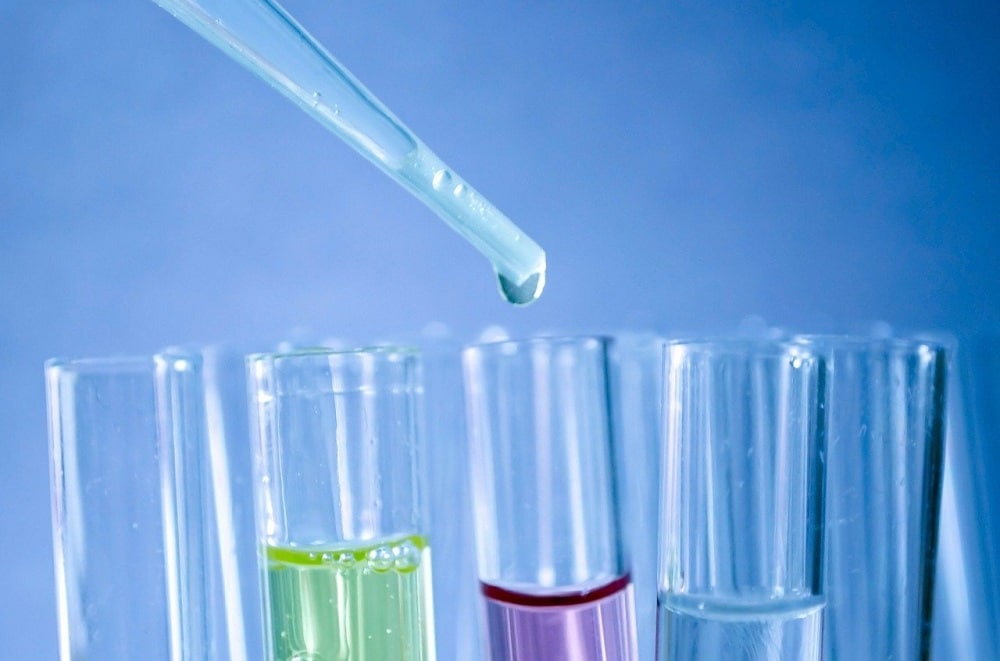Testing is done in science labs for many reasons, from research to guaranteeing the purity and safety of drinking water. The kind of kit needed depends on the test’s complexity and goal. Here are a few typical water testing kit types used in academic labs.
- pH Test Kits
The pH level of water determines whether it’s acidic or alkaline. The neutral pH value is 7, and the pH scale goes from 0 to 14. The pH of water can affect aquatic life, affect how quickly infrastructure corrodes, and even change how water tastes. In addition, various pH levels favor the efficiency of particular chemical reactions.
- Kits for Dissolved Oxygen
These Testing Meters measure the oxygen content in the water. Aquatic species require oxygen to survive. High dissolved oxygen levels are frequently a sign of a healthy environment. On the other hand, low levels may be a sign of water stagnation or contamination.
- Kits for Hardness Tests
Kits for measuring water hardness rely on the amount of calcium and magnesium present. Hard water can disrupt some industrial operations, diminish soap lathering, and cause scale to build in pipes. Knowing your water hardness is essential for both homeowners and businesses.
- Test Kits for Nutrients
The Nutrient Water Test Kit determines the amount of nutrients present in water. Excessive nutrients, especially phosphorus and nitrogen, can cause eutrophication in water bodies. It can harm aquatic life because it causes algal blooms and lower oxygen levels.
- The Turbidity Kits
It is possible to assess the purity of vast quantities of water using turbidity kits. Increased turbidity can protect infections, impact aquatic life, and signal possible contamination. It’s also a crucial element in the treatment of drinking water.
- Kits for Bacteriological Tests
These sensitive little kits are small and can find dangerous pathogens like E. coli. These tests are critical for drinking water sources since bacterial contamination can offer health hazards when eaten.
- Test kits for heavy metals
These accurate test kits can find poisonous elements, including lead, mercury, and arsenic, according to Procurenet. The neurological system, liver, kidneys, and other systems can all be negatively impacted by heavy metals, even at minimal levels.
- Test Kits for Chlorine
Chlorine testing kits, which measure chlorine in water, are the most popular water testing kits. Although chlorine is a disinfectant, it can also destroy aquatic life and change the flavor of water.
- Kits for Total Dissolved Solids (TDS)
Dissolved solids in total Kits count up the dissolved elements in water. High TDS can signal hazardous pollutants, harm household appliances, and change the flavor.
- Test kits for pesticides
These little test kits show whether pesticides are present. Pesticide pollution, frequently caused by agricultural runoff, can harm aquatic ecosystems and people, according to Procurenet. These kits assist growers and researchers in producing organic crops with fewer chemical additives.
- Kits for Salinity Tests
Not all of the water on Earth is potable, and every body of water contains a trace amount of salt that can harm people and other marine life. Aquatic ecosystems are impacted by salinity, especially in estuaries.
